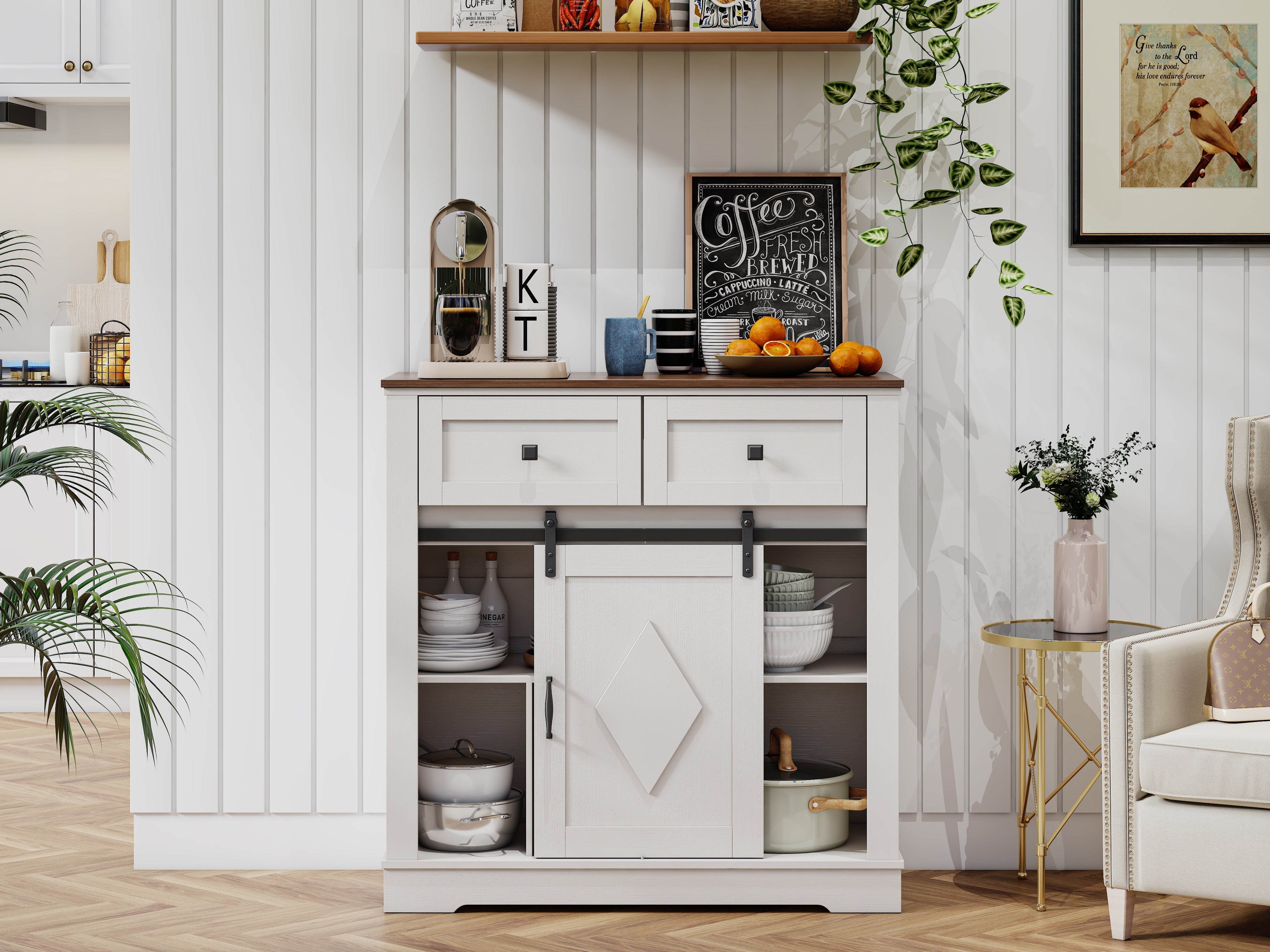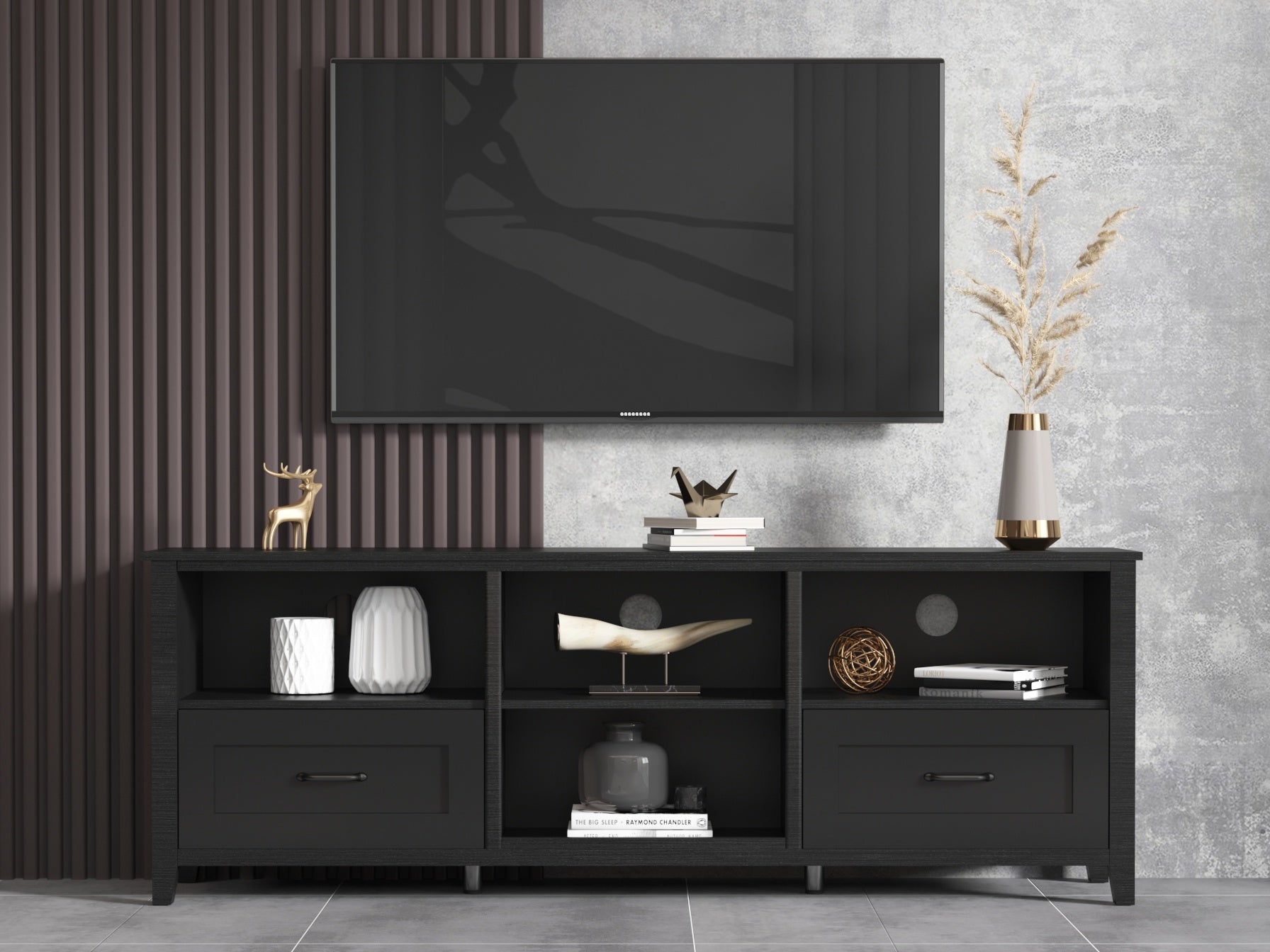Article: Discovering Your Decorating Style

Discovering Your Decorating Style
Whether you're shopping for furnishings or collaborating with a designer, understanding which style resonates with you can significantly enhance your decorating process. Below are details on 12 popular styles, including their hallmarks, key differences, and tips for blending styles seamlessly. Click the links at the end of each description for more photos and information.
1. Transitional
What it is: Transitional style bridges the gap between traditional and contemporary designs. It combines the classic elegance of traditional decor with the clean lines and understated palettes of modern aesthetics.
Where it comes from: As contemporary design gained popularity, transitional style emerged as a balanced alternative, merging the comforts of tradition with a fresh, modern twist.
Good to know: This style is a great compromise for couples with differing tastes.
Hallmarks of transitional style:
Sophisticated furniture
Serene color palettes
Updated classic designs
Minimal accessories
Luxurious materials like marble and plush rugs
This style works well with: Coastal, farmhouse styles.
2. Traditional
What it is: Traditional decorating is rich in history, featuring heirloom-quality antiques, plush carpets, and detailed patterns. It aims for comfort and warmth, often with a formal touch.
Where it comes from: Rooted in 18th- and 19th-century European design, traditional style honors historical aesthetics without adhering to a specific region.
Good to know: Traditional and transitional styles may appear similar, but traditional decor stays firmly rooted in classic designs.
Hallmarks of traditional style:
Antiques and timeless new pieces
Refined color palettes
Classic comforts, like fireplaces and bookshelves
Luxurious materials, including rich woods
Intricate architectural details
This style works well with: Rustic, coastal, Mediterranean styles.
3. Contemporary
What it is: Contemporary style is defined by current trends and innovations in design. It favors clean lines, open spaces, and minimal ornamentation.
Where it comes from: Emerging after the mid-century period, contemporary style has evolved since the 1970s and will continue to change with design trends.
Good to know: Contemporary spaces can be minimal or vibrant, showcasing a range of colors and patterns.
Hallmarks of contemporary style:
Up-to-the-minute designs
Sculptural furnishings
Open layouts
Cutting-edge technology
Minimal embellishments
This style works well with: Rustic, coastal styles.
4. Modern
What it is: Modern design emphasizes form and structure over decoration, featuring large glass expanses and smooth materials like concrete and steel.
Where it comes from: This style has its roots in the modernist movement of the early to mid-20th century, particularly influenced by the Bauhaus school.
Good to know: Modern, midcentury, and contemporary styles share important features, focusing on clean lines and minimal adornment.
Hallmarks of modern style:
Strong, sculptural shapes
Ample negative space
Crisp color palettes
Sleek, minimalist furniture
This style works well with: Scandinavian, industrial, midcentury styles.
5. Midcentury
What it is: Midcentury style features strong shapes and iconic designs, blending the past with modern relevance.
Where it comes from: This style originated between the mid-1940s and the 1970s, maintaining its appeal in contemporary design.
Good to know: Iconic pieces from midcentury designers are still produced today, allowing for easy incorporation into modern spaces.
Hallmarks of midcentury style:
Clean, uncluttered spaces
Natural wood finishes
Iconic midcentury furnishings
Graphic patterns
Organic shapes
This style works well with: Modern, industrial, Scandinavian styles.
6. Farmhouse
What it is: Farmhouse style celebrates the simplicity of rural architecture, integrating modern comforts with down-to-earth furnishings.
Where it comes from: Each region has its own farmhouse style, emphasizing a practical approach to design.
Good to know: Modern farmhouse style is about creating a warm, welcoming atmosphere rather than strictly adhering to historical accuracy.
Hallmarks of farmhouse style:
Simple, functional furniture
Wall paneling and sliding barn doors
Natural colors like sage green and golden wheat
Imperfect finishes that add character
This style works well with: Modern, rustic, industrial styles.
7. Rustic
What it is: Rustic style draws inspiration from nature, featuring raw materials like wood and stone, creating a cozy and inviting atmosphere.
Where it comes from: This style reflects dwellings traditionally found in rural areas, such as log cabins and stone lodges.
Good to know: While rustic designs are rooted in the past, modern interpretations can include streamlined furnishings.
Hallmarks of rustic style:
Rough-hewn wood and natural hues
Weathered materials like stone and leather
Comfy, oversized furniture
Cozy textiles and accents
This style works well with: Farmhouse, traditional styles.
8. Industrial
What it is: Industrial style is characterized by raw materials and open spaces, often seen in urban lofts and converted warehouses.
Where it comes from: This style is inspired by factories, emphasizing utilitarian furnishings and gritty aesthetics.
Good to know: To avoid a cold atmosphere, incorporate warm accents like plants and textiles.
Hallmarks of industrial style:
Salvaged decor elements
Simple, functional furniture
Open layouts with raw materials
Neutral color palettes
This style works well with: Modern, rustic, farmhouse styles.
9. Mediterranean
What it is: Mediterranean style evokes the warmth of sun-drenched lands, featuring smooth plaster walls, dark wood beams, and intricate tilework.
Where it comes from: This style encompasses a range of influences from countries around the Mediterranean Sea.
Good to know: Today’s Mediterranean spaces often feature lighter hues and more open layouts than traditional designs.
Hallmarks of Mediterranean style:
Colorful tiles and earthy palettes
Sturdy, classic furnishings
Natural materials like stone and wood
Ornate details like carved woodwork
This style works well with: Traditional, coastal styles.
10. Scandinavian
What it is: Scandinavian style is known for its bright spaces, clean lines, and a cozy atmosphere that invites relaxation.
Where it comes from: Originating in Denmark, Sweden, and Norway, this style emphasizes simplicity and a connection to nature.
Good to know: Scandinavian interiors often mix vintage and contemporary pieces, creating a playful and eclectic vibe.
Hallmarks of Scandinavian style:
Light color palettes
A blend of old and new
Iconic Scandinavian furnishings
Clutter-free spaces
This style works well with: Modern, midcentury styles.
11. Coastal
What it is: Coastal style captures the essence of beach living, characterized by light, airy spaces and natural materials.
Where it comes from: This style varies by region, often reflecting the local coastal environment.
Good to know: You don’t need to live by the beach to embrace coastal style; it’s all about the relaxed atmosphere.
Hallmarks of coastal style:
Whitewashed surfaces
Natural materials like jute and linen
Relaxed, comfortable furniture
Colors inspired by the sea
This style works well with: Traditional, transitional, contemporary styles.
12. Eclectic
What it is: Eclectic style is a curated mix of various styles and eras, resulting in a highly personalized look.
Where it comes from: This approach allows for creativity and freedom in design, blending diverse influences.
Good to know: The key to a successful eclectic space is balancing different styles and making them feel cohesive.
Hallmarks of eclectic style:
Layered textiles and bold colors
Curated collections
Statement pieces from various styles
Juxtaposition of old and new elements
Share Your Thoughts!
Which decorating style is your favorite? Has your taste evolved over the years? Share your insights in the comments!


Leave a comment
This site is protected by hCaptcha and the hCaptcha Privacy Policy and Terms of Service apply.